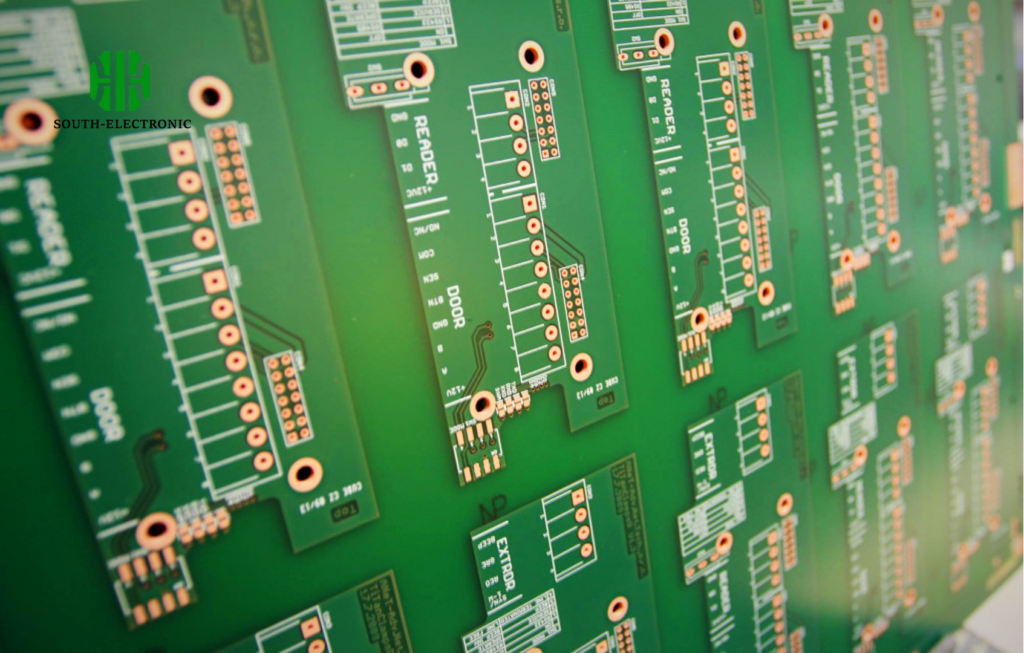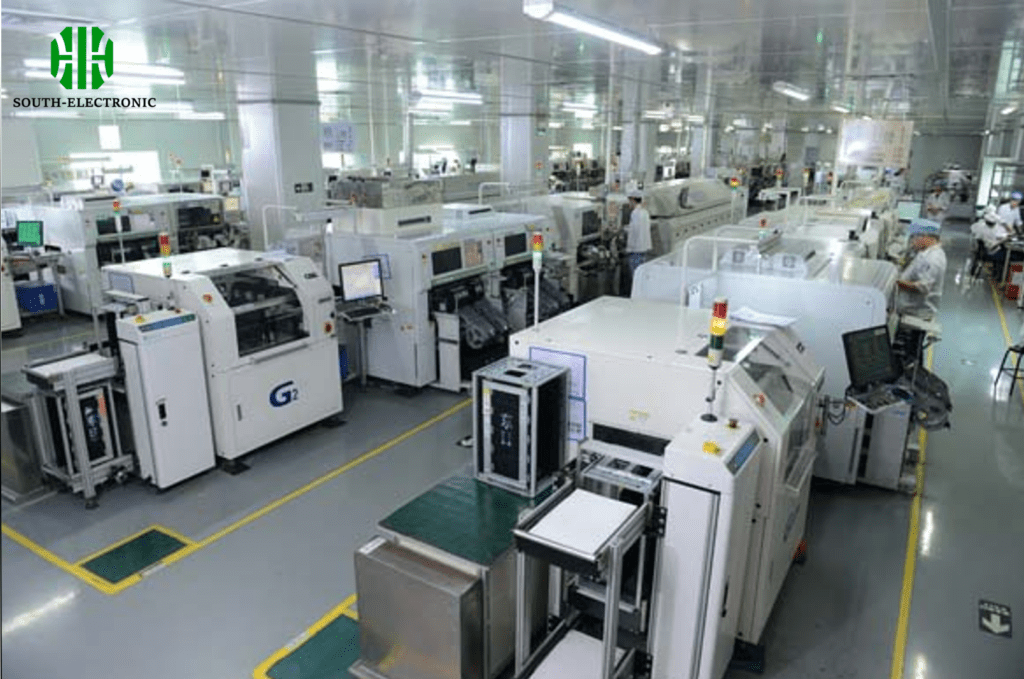Are you tired of wasting hours on PCB products that don’t fit your needs? Let’s fix that.
To find suitable PCBs fast, start by defining clear specs, vetting reliable suppliers, communicating needs clearly, testing prototypes, and balancing cost with quality. This step-by-step approach cuts through the noise.
What Key Specifications Should I Define First Before Searching for Suitable PCB Products?
Have you ever ordered a PCB only to realize it can’t handle your project’s requirements? I have—lesson learned! Defining specs first saves time and frustration.
Start with four key areas: board type (rigid, flexible, or rigid-flex), layer count, material (like FR-4 or aluminum), and surface finish. Clear specs narrow your search to relevant options immediately.

Let’s dive deeper. Board type depends on your project’s design: rigid boards are common for most devices, while flexible ones work for curved spaces. Layer count matters for complexity—more layers mean more circuits but higher cost. Materials affect durability and heat management; for example, aluminum helps with thermal issues. Surface finish (like HASL or ENIG) impacts soldering and lifespan.
I created a table to organize these specs:
| Specification | Common Options | When to Choose |
|---|---|---|
| Board Type | Rigid, Flexible, Rigid-Flex | Rigid for standard use; flexible for tight spaces |
| Layer Count | 2-layer, 4-layer, 6+ layers | Start with 2-layer for simplicity; increase for complex circuits |
| Material | FR-4, Aluminum, HDI | FR-4 for most projects; aluminum for heat-heavy devices |
| Surface Finish | HASL, ENIG, Immersion Silver | HASL is cost-effective; ENIG offers better flatness |
| Dimensions | Custom sizes (e.g., 100x150mm) | Match your device’s enclosure or layout |
Defining these early ensures you don’t waste time on unsuitable options. Next, let’s talk about where to find these suppliers.
How Can I Efficiently Identify Reliable Sources for PCB Product Sourcing?
Finding suppliers feels overwhelming with so many options. But I’ve learned to focus on three main channels: marketplaces, trade shows, and B2B platforms.
Start with professional marketplaces like PCBWay,South-Electronic or JLCPCB—they vet suppliers and offer user reviews. Trade shows like IPC APEX EXPO let you meet manufacturers in person. B2B platforms like Alibaba have wide choices but need careful vetting.

Vetting suppliers is crucial. Check for certifications like ISO 9001 (quality management) or IPC-A-600 (PCB acceptance criteria). These show they follow industry standards. Look at their production capabilities: can they handle your board type and layer count? Customer reviews reveal real experiences—pay attention to comments about communication, lead times, and quality.
I also compare local vs. overseas suppliers. Local ones offer faster shipping but might cost more. Overseas suppliers are often cheaper but need longer lead times. Ask for samples to test their work before big orders.
Here’s a quick checklist for vetting:
- ✅ Do they have relevant certifications?
- ✅ Can they provide references or case studies?
- ✅ What’s their minimum order quantity?
- ✅ How do their lead times fit your project timeline?
Once you have a list of potential suppliers, the next step is evaluating their capabilities more closely.
What Factors Should I Prioritize When Evaluating PCB Manufacturer Capabilities?
Not all manufacturers are created equal. I’ve had projects delayed because a manufacturer couldn’t handle the technical requirements. Now, I focus on three key factors: technical expertise, production capacity, and quality control.
Technical expertise matters most. Can they produce your required board type (like HDI or RF PCB)? Do they have experience with your material (e.g., high-frequency materials for wireless projects)? Ask for examples of similar projects they’ve done.

Production capacity affects lead times. A small factory might struggle with large orders, while a big one could have faster turnaround. Check if they have the equipment for your specs—like advanced drilling machines for fine-pitch components. Quality control processes are non-negotiable. Ask about their inspection methods: do they use automated optical inspection (AOI) or X-ray testing?
I also consider communication and flexibility. Can they handle last-minute changes? Do they provide clear updates on production progress? A manufacturer who listens to your needs can save you from costly errors.
Here’s a breakdown of what to ask:
| Factor | Why It Matters | Questions to Ask |
|---|---|---|
| Technical Expertise | Ensures they can handle your design | “Have you produced PCBs with similar layer counts/materials?” |
| Production Capacity | Avoids delays from overload | “What’s your monthly production capacity for my board type?” |
| Quality Control | Guarantees reliability | “What inspection methods do you use for final products?” |
| Lead Times | Meets your project schedule | “How long does it take to produce a sample/order?” |
| Communication | Reduces misunderstandings | “Who will be my point of contact during the process?” |
With these factors in mind, you can shortlist manufacturers who match both your technical and logistical needs. Now, let’s talk about how to communicate your requirements clearly.
How to Effectively Communicate Technical Requirements to PCB Suppliers?
Poor communication leads to mistakes. I once had a supplier miss a crucial impedance control requirement, delaying my project. Now, I make sure to prepare detailed documentation.
Start with Gerber files—these are the industry standard for PCB designs. Include a Bill of Materials (BOM) with all components, and specify design guidelines like trace widths and spacing. Use clear, industry-standard terms to avoid confusion.

Break down your needs into sections:
- Design Files: Gerber files, schematic diagrams, and any special layout notes (e.g., ground planes, thermal vias).
- Performance Standards: Impedance control values, thermal management requirements, and operating temperature ranges.
- Compliance Needs: RoHS/REACH certifications if needed, or industry-specific standards (e.g., IPC-2221 for design rules).
Always request a pre-production design review. This lets the supplier confirm they understand your specs and catch errors early. Use simple language—avoid jargon unless necessary, and ask for clarifications if something is unclear.
Here’s a step-by-step communication checklist:
- Prepare Gerber files and BOM in standard formats.
- List all technical specs (layer count, material, surface finish) in a clear document.
- Highlight critical requirements (e.g., “Impedance must be 50 ohms ±10%”).
- Ask the supplier to confirm receipt and understanding of all files.
- Schedule a brief call to discuss any ambiguous points.
Clear communication sets the foundation for a smooth production process. Next, we’ll cover how to test prototypes to ensure they meet your needs.
What Tests Should I Conduct on PCB Prototypes to Ensure Suitability?
Prototyping is where mistakes show up. I once skipped thermal testing and had a board fail in high-temperature conditions. Now, I follow a structured testing process.
Start with visual inspection: check for soldering defects, misaligned components, or damaged traces. Then run electrical tests to ensure all connections are correct. Finally, test functional performance under real-world conditions, like temperature changes or voltage fluctuations.

Let’s break down each test:
1. Visual Inspection
- Check for: soldering bridges, missing components, incorrect surface finish, or dimensional errors.
- Use a magnifying glass or automated optical inspection (AOI) for precision.
2. Electrical Testing
- Continuity Test: Ensures traces and vias are connected correctly.
- Impedance Test: Verifies signal integrity for high-frequency designs.
- Insulation Resistance Test: Checks for unintended connections between traces.
3. Thermal Testing
- Thermal Cycling: Subject the board to repeated high/low temperatures (e.g., -40°C to 85°C) to test durability.
- Heat Dissipation Test: Measure how well the board handles power-related heat, especially for aluminum or metal-core PCBs.
4. Functional Testing
- Plug the PCB into your device and test all features: button responses, signal transmission, power consumption.
- Simulate real-world use cases—for example, if it’s a wireless device, test signal strength in different environments.
I also keep a test log to track issues and share it with the supplier for revisions. Most suppliers offer prototype iterations, so don’t hesitate to ask for adjustments based on test results.
Conclusion
Finding suitable PCB products doesn’t have to be time-consuming. By defining clear specifications, sourcing from reliable suppliers, evaluating manufacturer capabilities, communicating needs clearly, and testing prototypes thoroughly, you can streamline the process. Each step builds on the last, ensuring you get a PCB that meets your project’s technical and budgetary requirements.
South-Electronic stands out for 20+ years of expertise in delivering high-quality PCBs. With ISO certifications, they ensure strict quality control. They excel in clear spec alignment, fast prototyping with thorough testing, and offer competitive pricing. Reliable and customer-focused, they simplify PCB sourcing.



